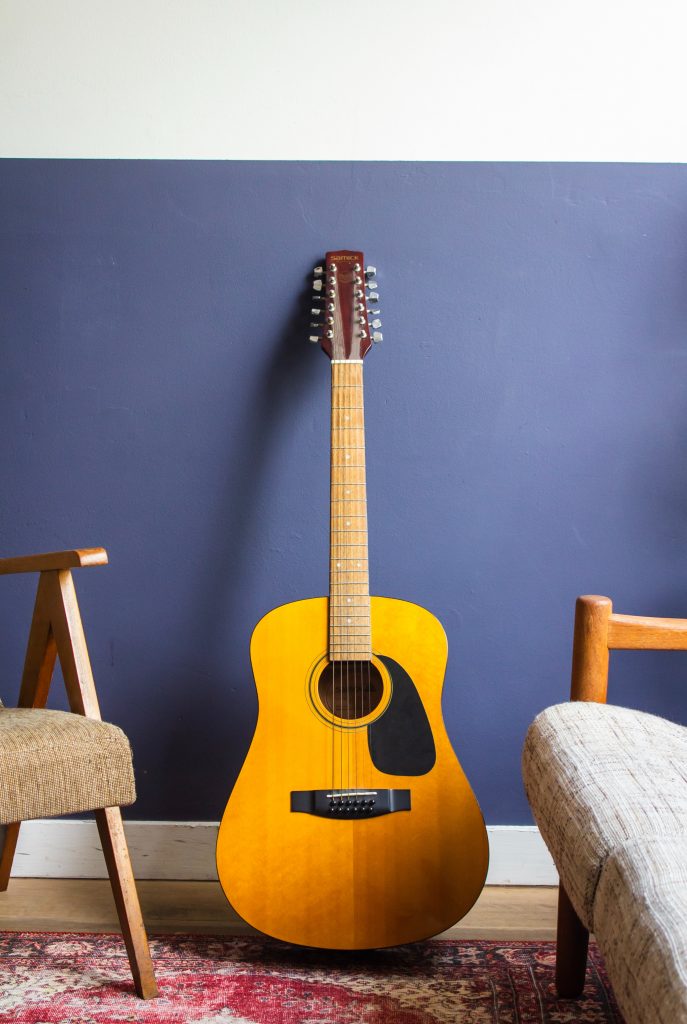Nylon String Classical and Contemporary Left Handed
When a steel string player picks up a nylon string acoustic for the first time, they will undoubtedly note a number of significant differences that will either cause them to reconsider their interest in Classical guitar or cause them to abandon it without giving it a fair chance.
While a serious Classical musician would not hesitate to spend up to four figures on a Classical nylon string acoustic, most people who are new to the Classical or Flamenco repertoire, or who want to add traditional nylon string tone to their musical arsenal, look for guitars in a price range where the differences between steel string and electric guitars are magnified. Unfortunately, if you buy the cheapest nylon string at the guitar store — you know, the one made from the cheapest laminates and with a half-inch-high action — you’ll hate playing it.
If you instead look at what many of today’s contemporary nylon string acoustic manufacturers have to sell, you’ll find some pretty nice sounding and easy-to-play instruments in a reasonable price range. Try nylon guitar.
Neck bracing and construction
While a nylon string classical acoustic can appear to be the same size and colour as a steel string equivalent, structural variations between the instruments cause the sound and feel to be very different. To begin with, the sound board, which is responsible for an acoustic guitar’s ability to project sound, is thinner and has different bracing underneath. Many classical nylon string acoustics have smaller braces set in a fan-pattern, as opposed to the conventional steel string acoustic’s X-bracing.
Your conventional Classical acoustic’s neck structure is also very different. While a steel string has a solid truss rod that can withstand 180 pounds of strain, a nylon string’s string tension is typically half that, which means that many classical acoustics lack truss rods or some sort of neck reinforcement. Try Acoustic electric guitar.
Shape, size, and profile of the neck
The form and size of the necks themselves are also significant differences. Anyone who has switched from a steel string to a nylon string guitar will note a significant change in neck width. The nut width on a standard nylon string guitar is 52mm, just over 2 inches, while the nut width on a steel string or electric guitar is 1.75 inches. This disparity is notable because it drastically alters string spacing. The extra space is potentially beneficial when playing contrapuntal bass lines in Classical or Flamenco music, but it takes some getting used to.
The scale length and neck profile are both notable differences. Classical nylon string guitars with a scale length of 25.6” have a slightly longer scale length and a fully flat fretboard radius than the typical Dreadnought or OM type, giving their necks a somewhat different feel. Steel string players can find it difficult to adjust to the larger, wider, and flatter necks of Classical acoustics.
The top, like the steel string guitar, is the most critical part of any guitar when it comes to sound. If you’re looking for a decent nylon string acoustic guitar, you can look for one with a solid wood top, whether you’re serious about classical or flamenco playing or just want to add nylon string tone to your sonic repertoire. Spruce and Cedar are the most common top woods used in classical acoustics. Spruce tends to have more volume and projection, while Cedar is more mellow and warm.
Classical acoustics are now available with a number of modern refinements that make them easier to play, such as slim necks and shallow body depths, as well as onboard electronics that make them stage ready. There is a nylon string classical or contemporary acoustic guitar that will be great for you, whether you are a serious classical guitar student or just like the sweet, mellow sound that a nylon string acoustic can provide.
Ortega Guitars is a brand of guitars made by Ortega
Ortega is a relatively young name in the world of classical acoustic instruments, having been established in 1994, and one of their reported company goals is to break barriers while remaining focused on the fundamentals of classical guitar making. This involves producing genuine acoustic instruments in Spain. Ortega is breaking down barriers between traditional and contemporary guitarists in terms of sound and playability by equipping their classical nylon string acoustic guitars with a range of modern features such as slim necks, a revolutionary 12-hole bridge system, and an impressive new preamp system.

